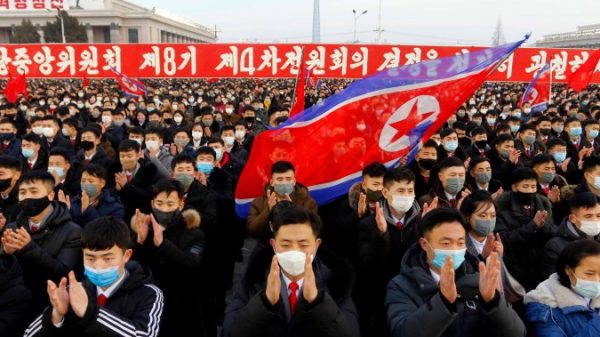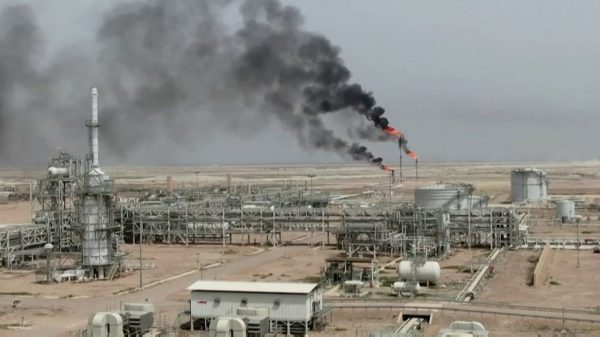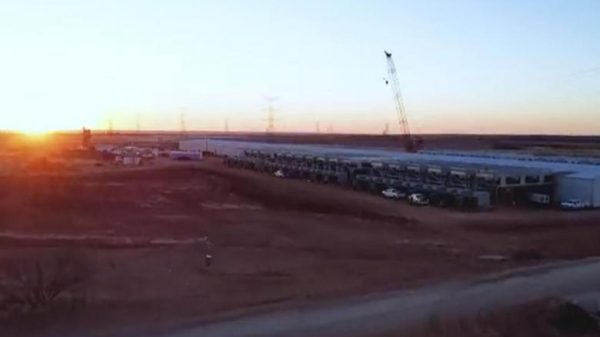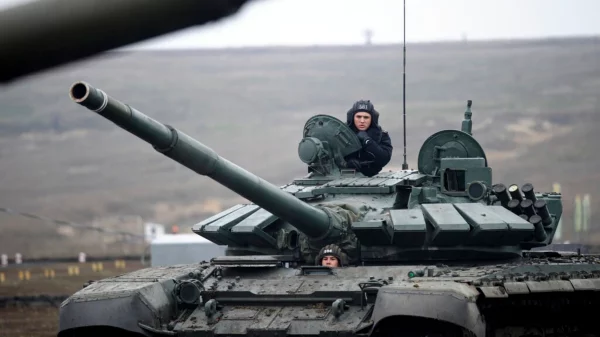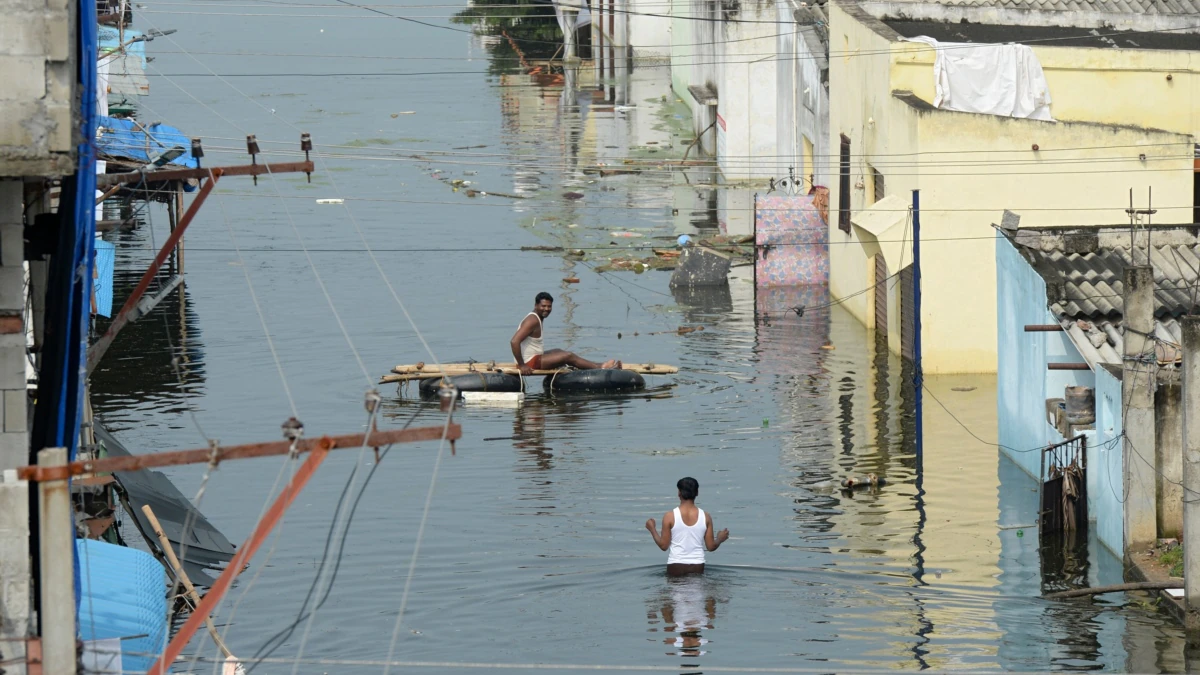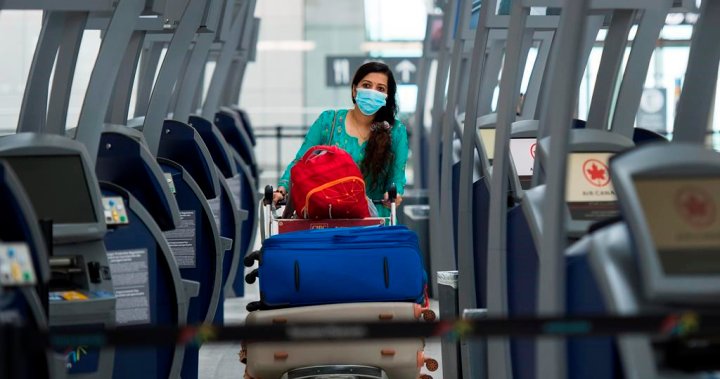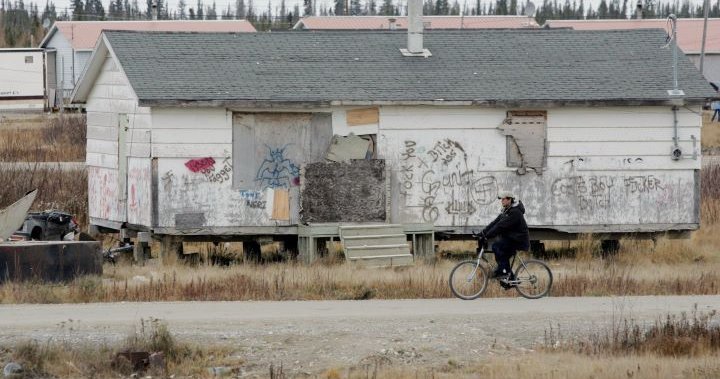A U.N. report says extreme weather and the impact of climate change killed thousands of people and resulted in enormous economic losses in all parts of Asia last year.
A multi-agency report coordinated by the World Meteorological Organization warns the lives and livelihoods of millions of people across Asia are being threatened by floods, tropical cyclones, drought, and other weather and climate hazards.
The report says extreme weather and climate events are affecting agriculture, food and water security, worsening health risks and causing the mass displacement of vulnerable migrants and refugees. It says the cost in damaged infrastructure and lost ecosystems runs into hundreds of billions of dollars a year.
Among the many weather anomalies hitting Asia is temperature rise. WMO spokeswoman Clare Nullis notes Asia had its warmest year on record in 2020.
“The most extreme temperatures that we saw last year was in a Siberian town, Verkhoyansk. We saw an amazingly incredible temperature of 38 degrees Celsius. We are still investigating whether this is a new record for north of the Arctic Circle,” she said.
The report finds sea surface temperatures and ocean warming in and around Asia are increasing more than the global average. It says temperatures in parts of the Arctic Ocean have been warming at three times the global average during the 1982-2020 period.
A major problem affecting the region is that of melting glaciers, which will have a huge impact on food and water security. High Mountain Asia is home to approximately 100,000 kilometers of glaciers centered on the Tibetan Plateau and the Himalayas.
Nullis says the region has the largest volumes of ice outside of the polar regions. She notes it is the source of 10 important rivers in Asia upon which millions of people depend.
“Glacier retreat is accelerating. It is projected that glacier mass will decrease by 20 to 40 percent by 2050. This will affect about 750 million people in the region,” she said. “Major ramifications, of course, for global sea level rise, regional water cycles, and in the short term, more hazards such as landslides, avalanches, etc.”
The report finds floods and storms in 2020 affected about 50 million people in Asia, killed more than 5,000 and has resulted in more than $400 billion in accumulated losses just in China, India and Japan.
Meteorologists say the costs of extreme events in Asia are rising and warn the trends are expected to continue in the future. They urge nations to adapt to the climate-changing events and to invest in renewable energy and other protective technologies. They say the high-stakes investments will result in multiple socioeconomic benefits.

